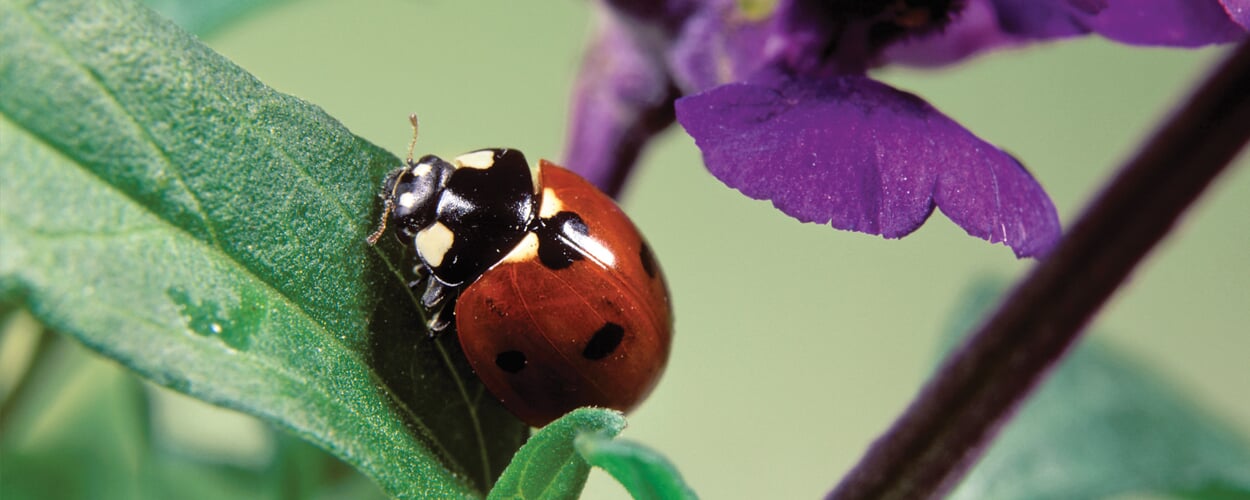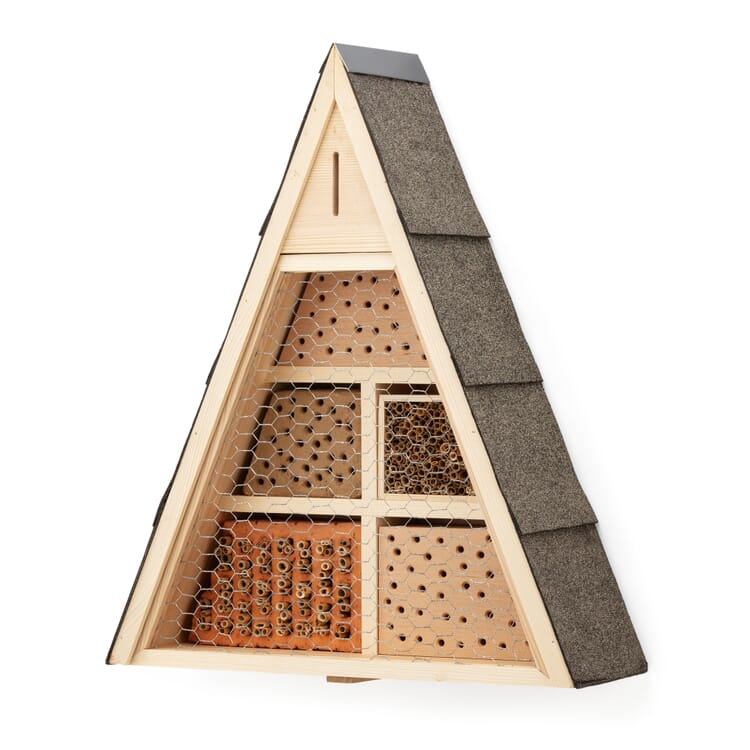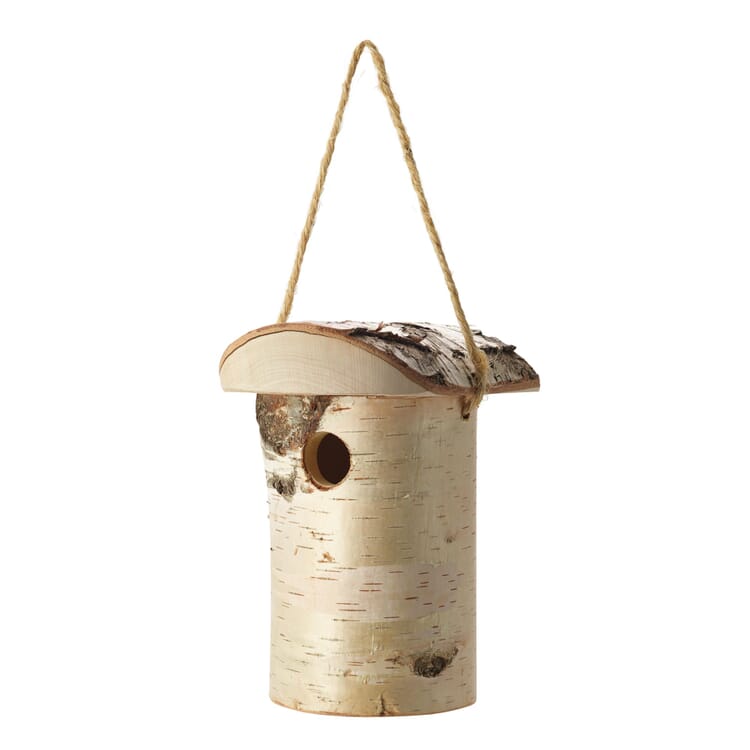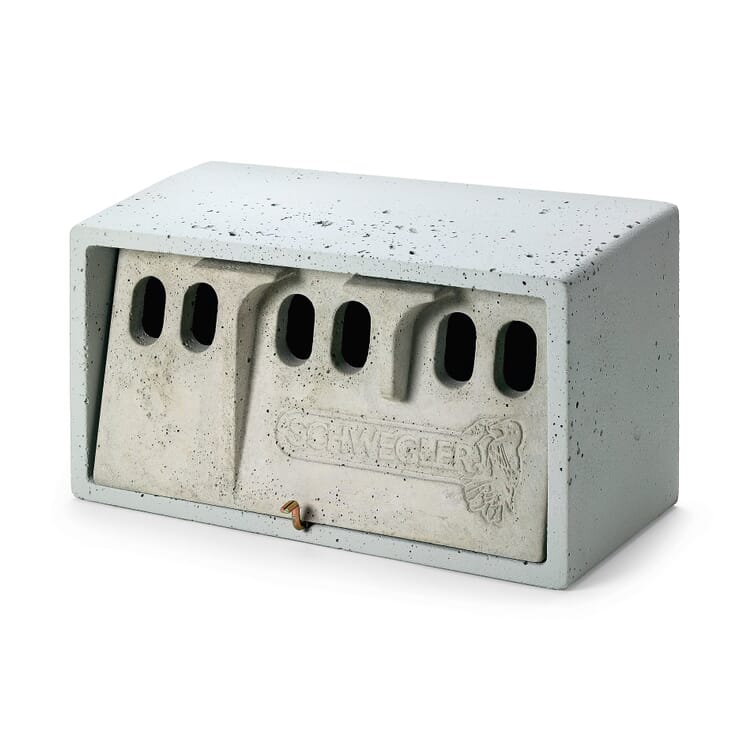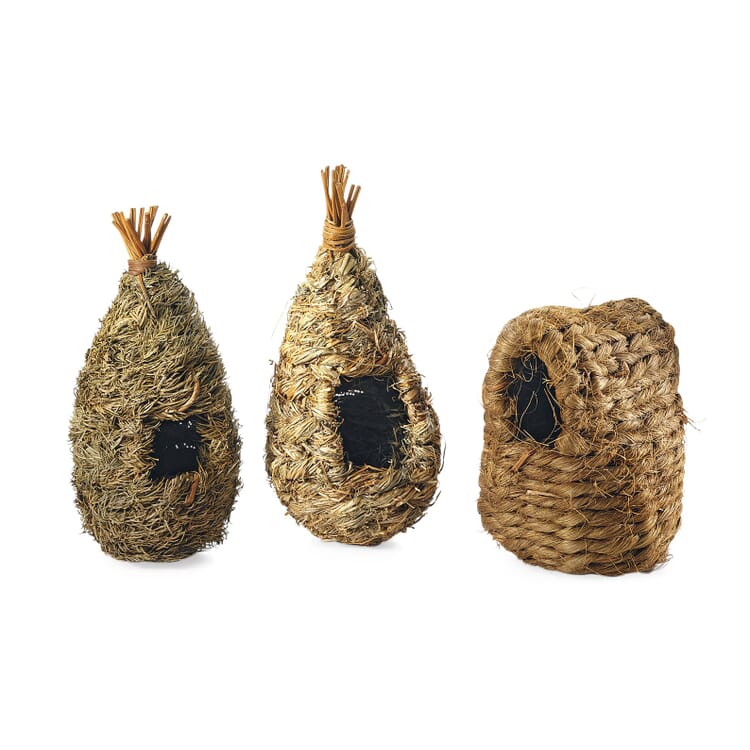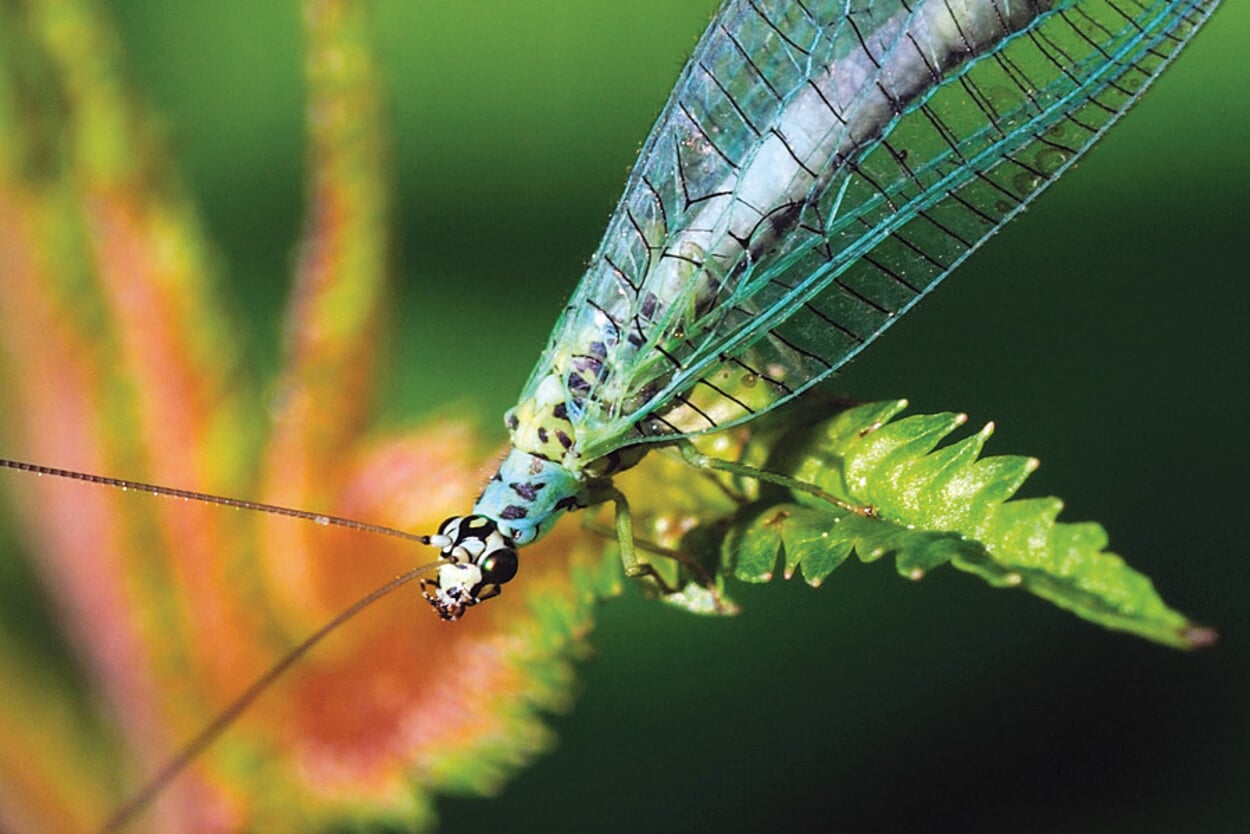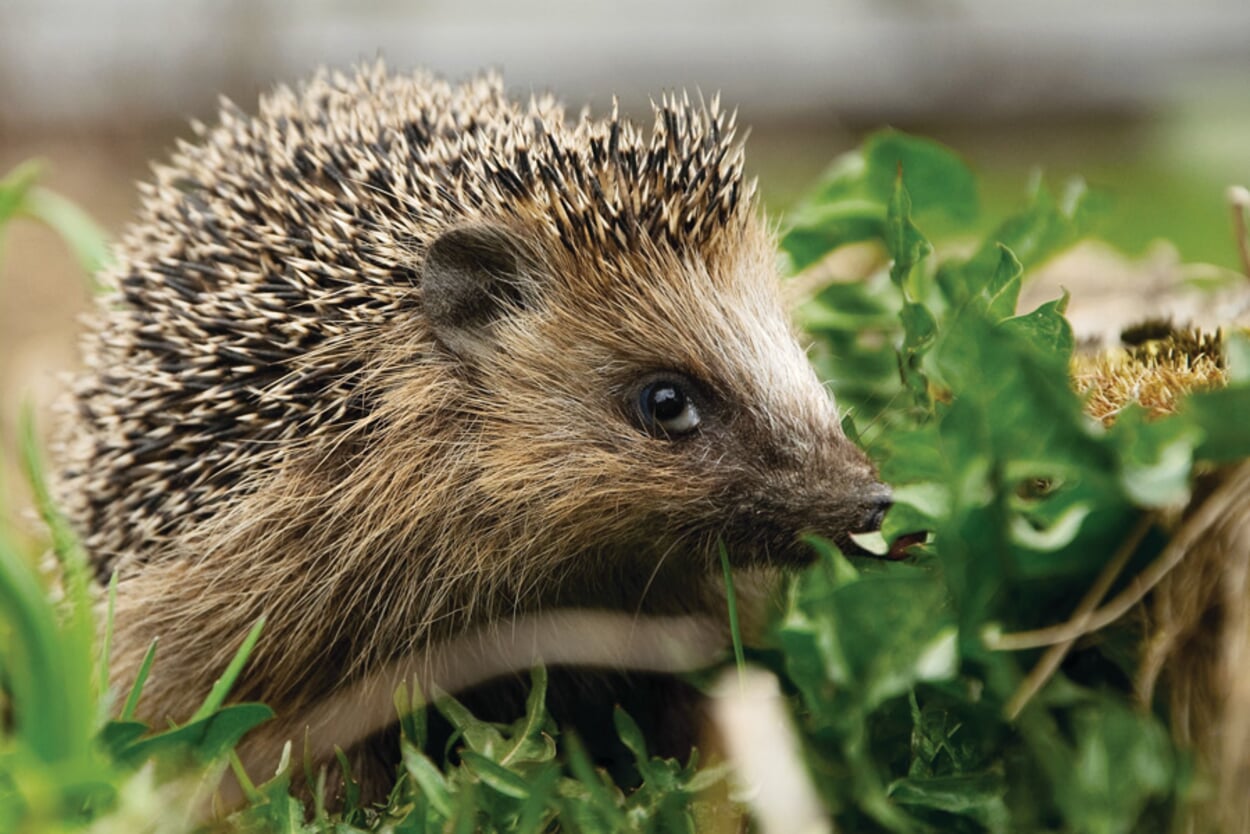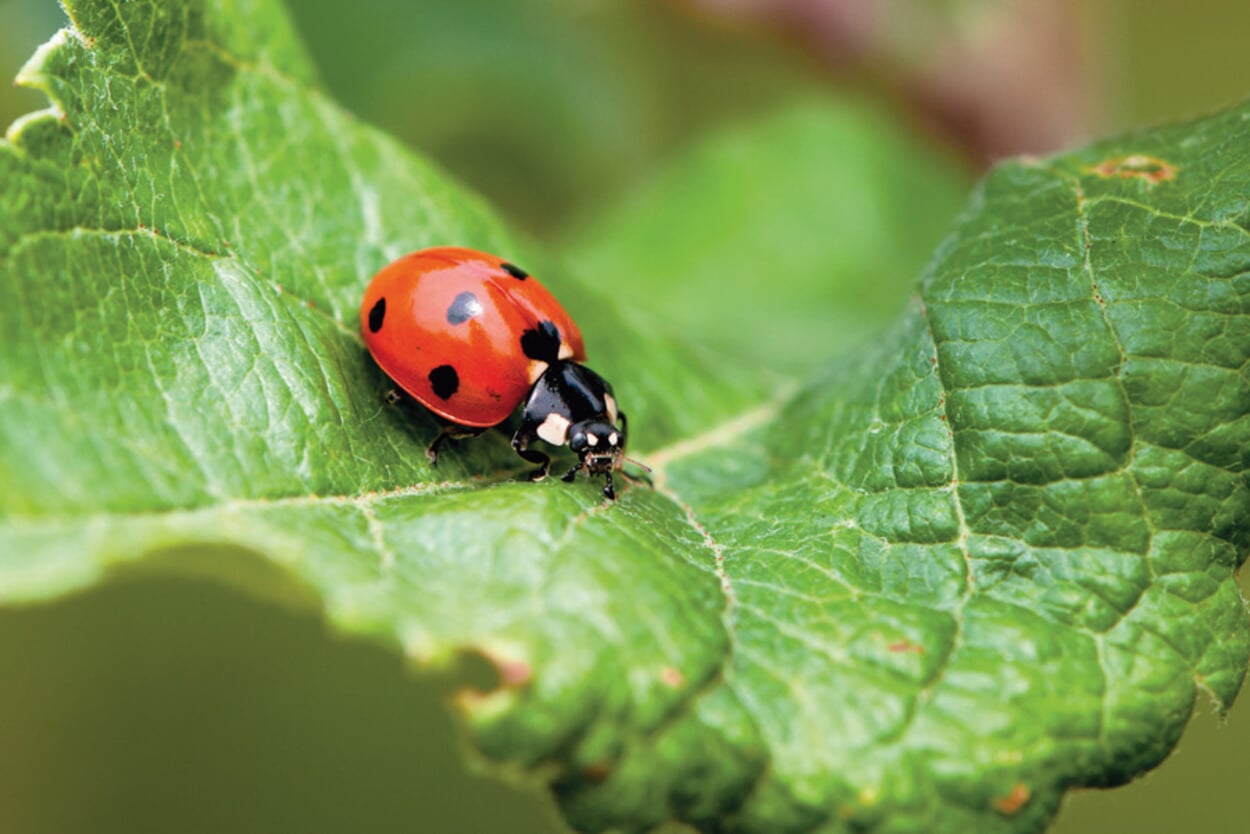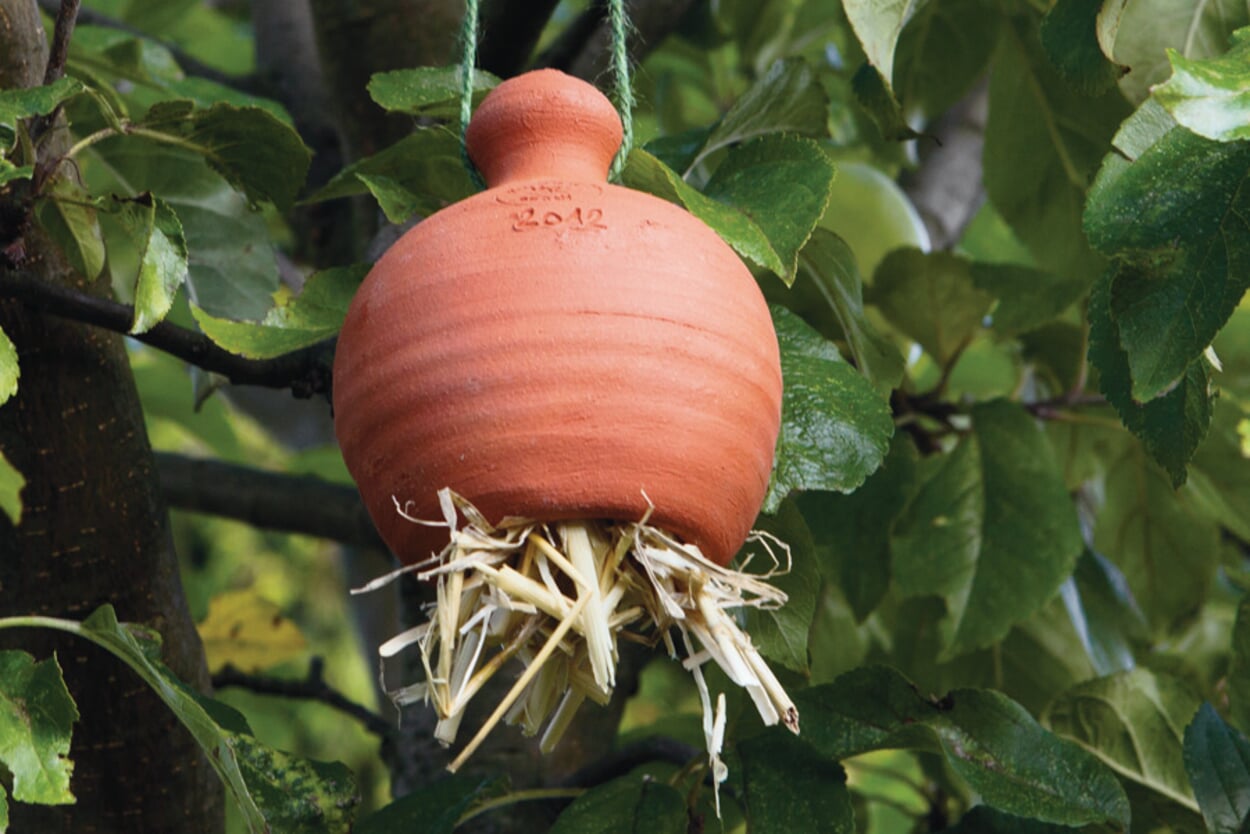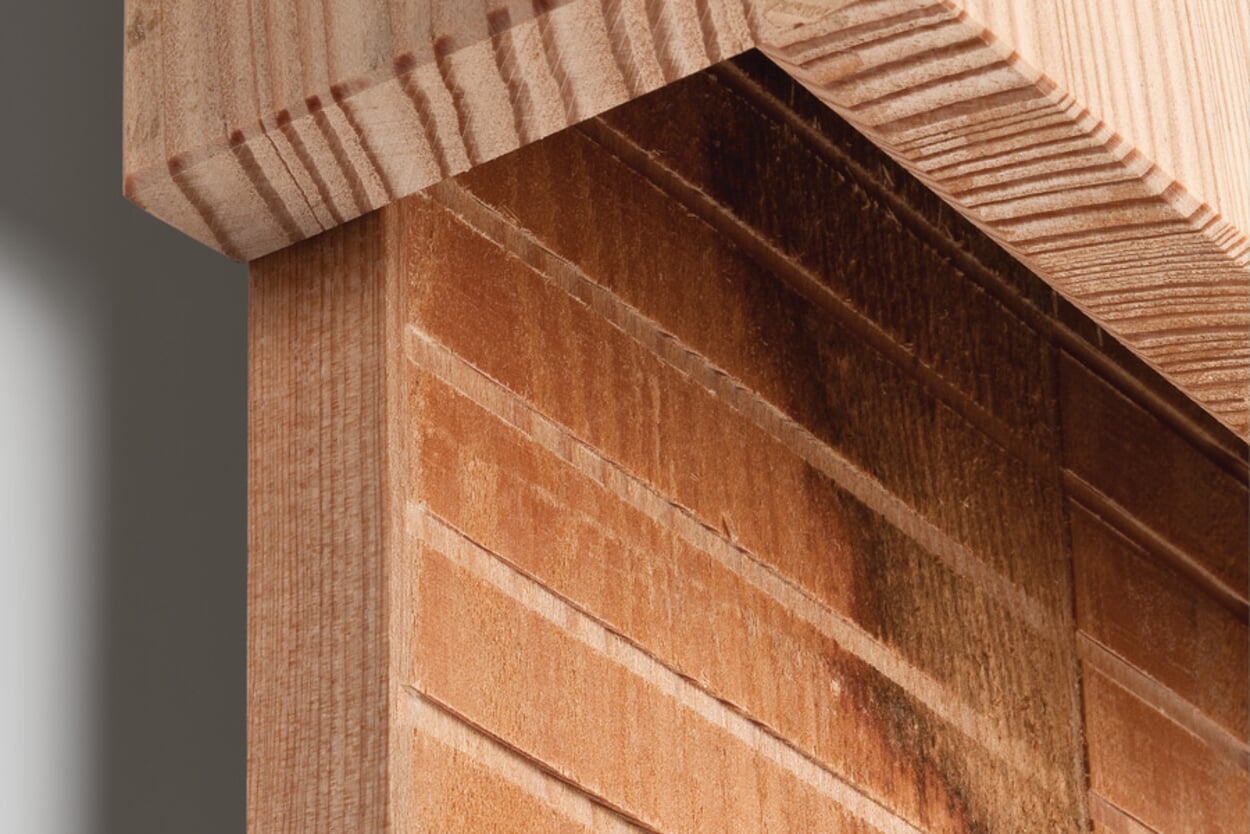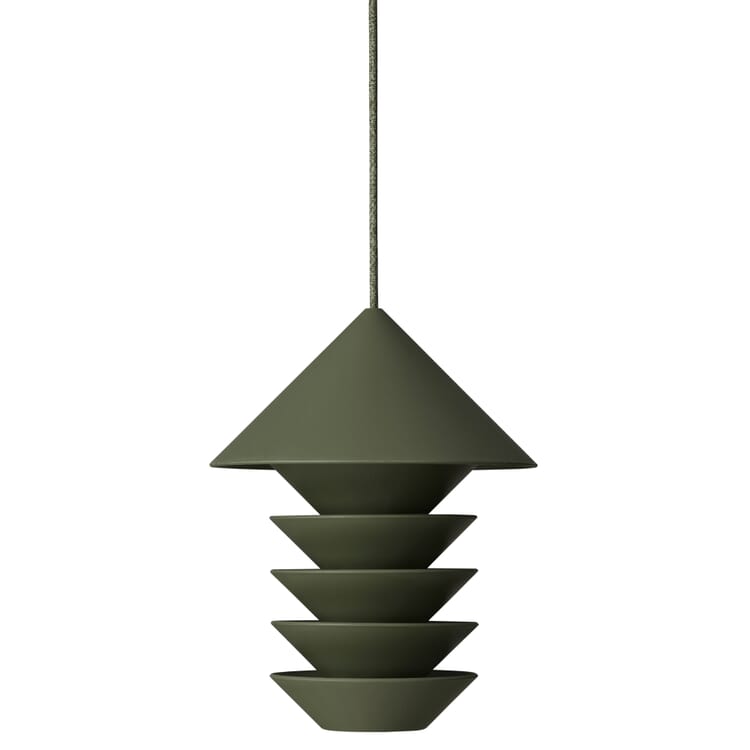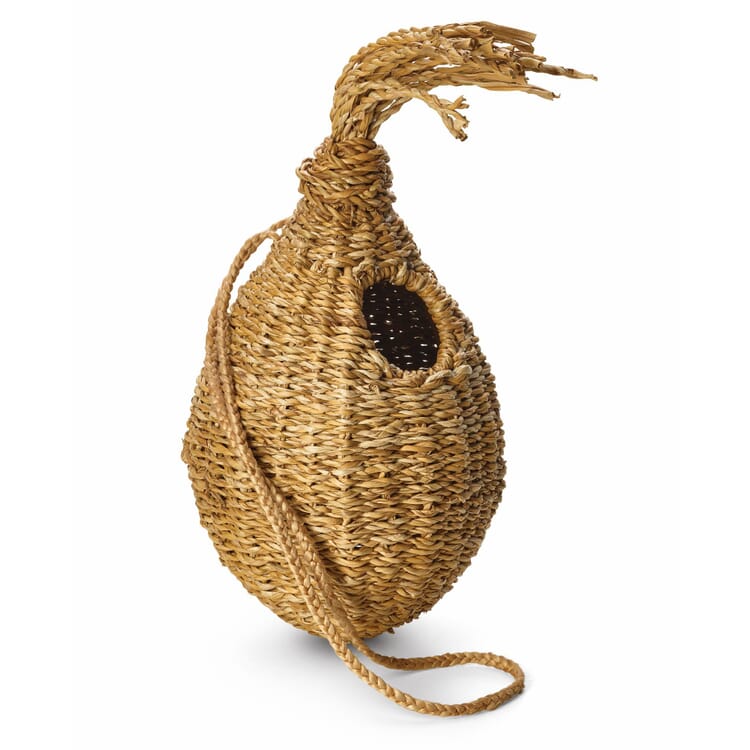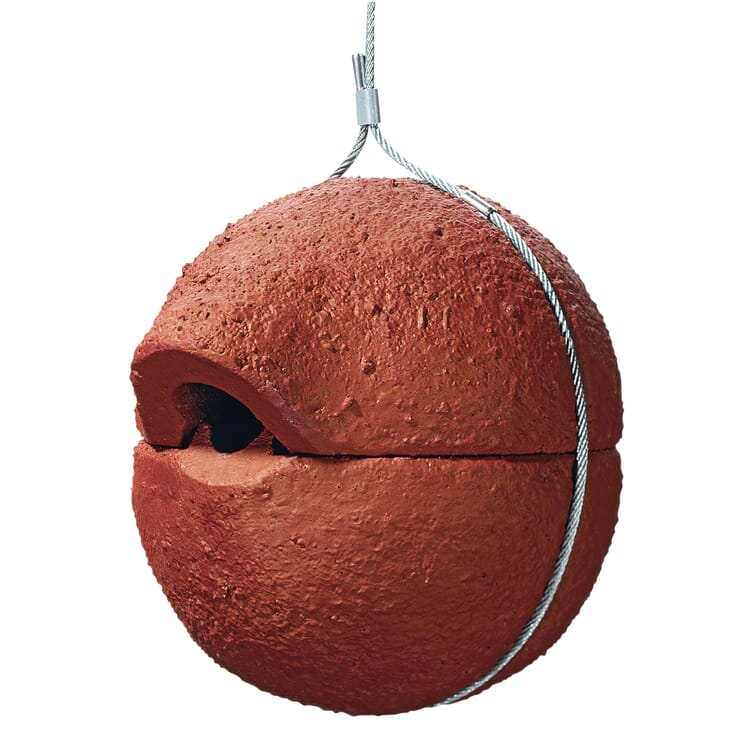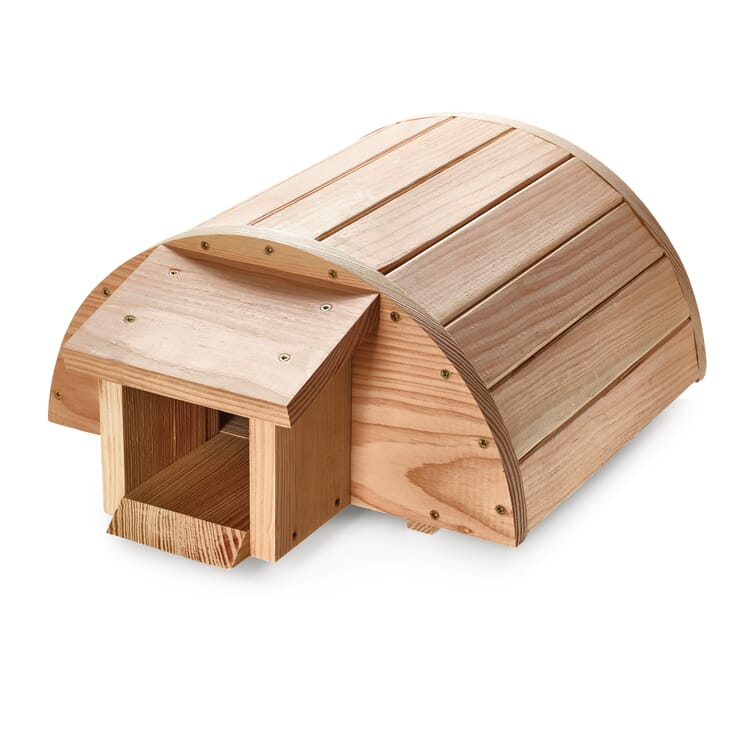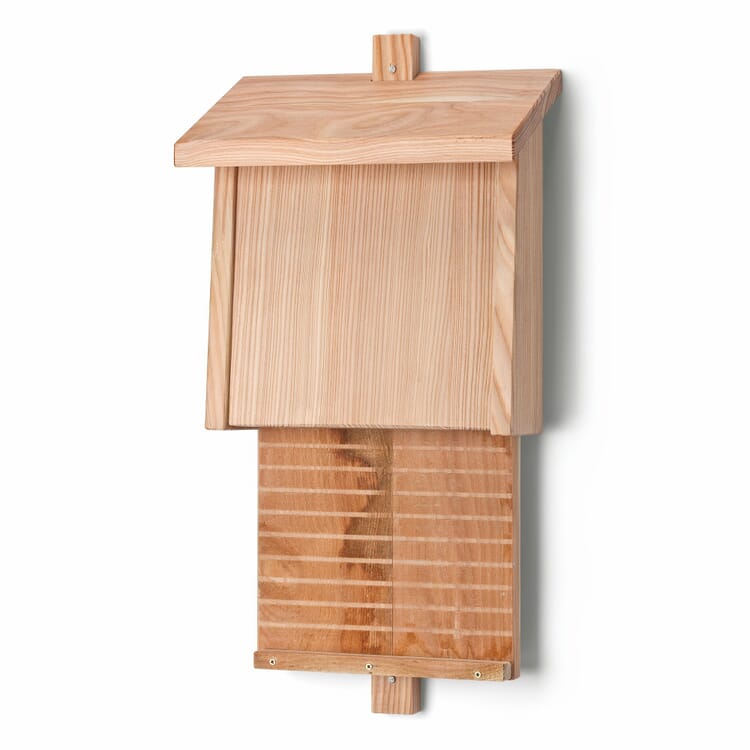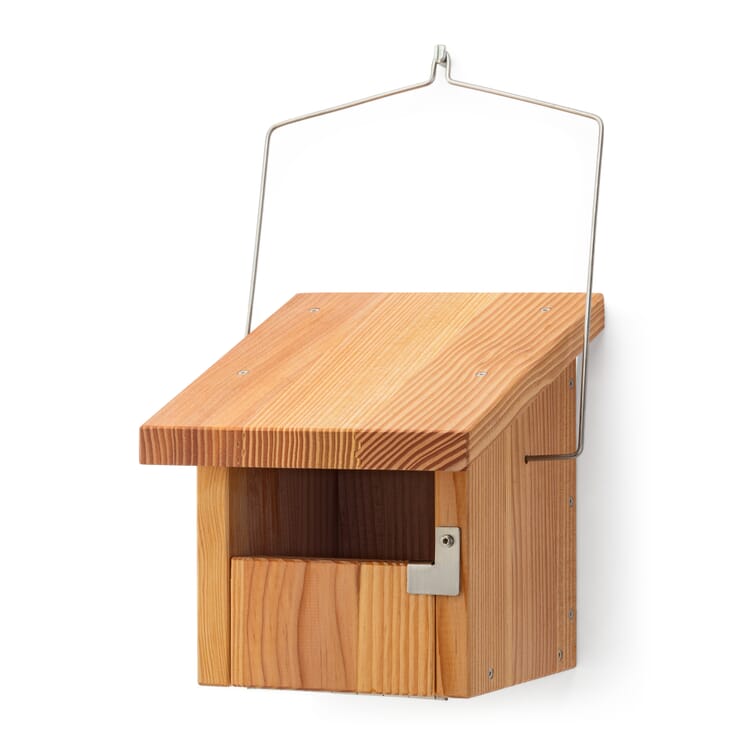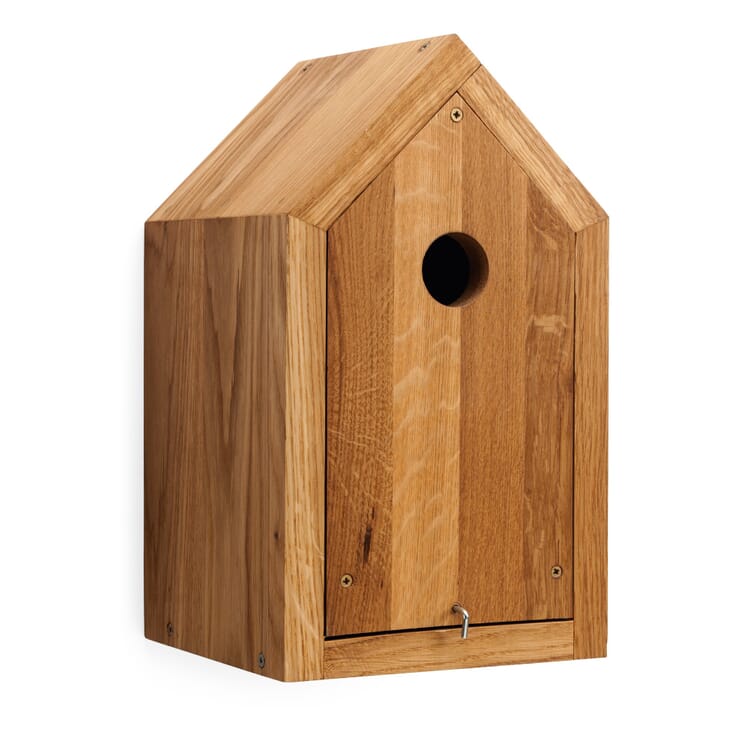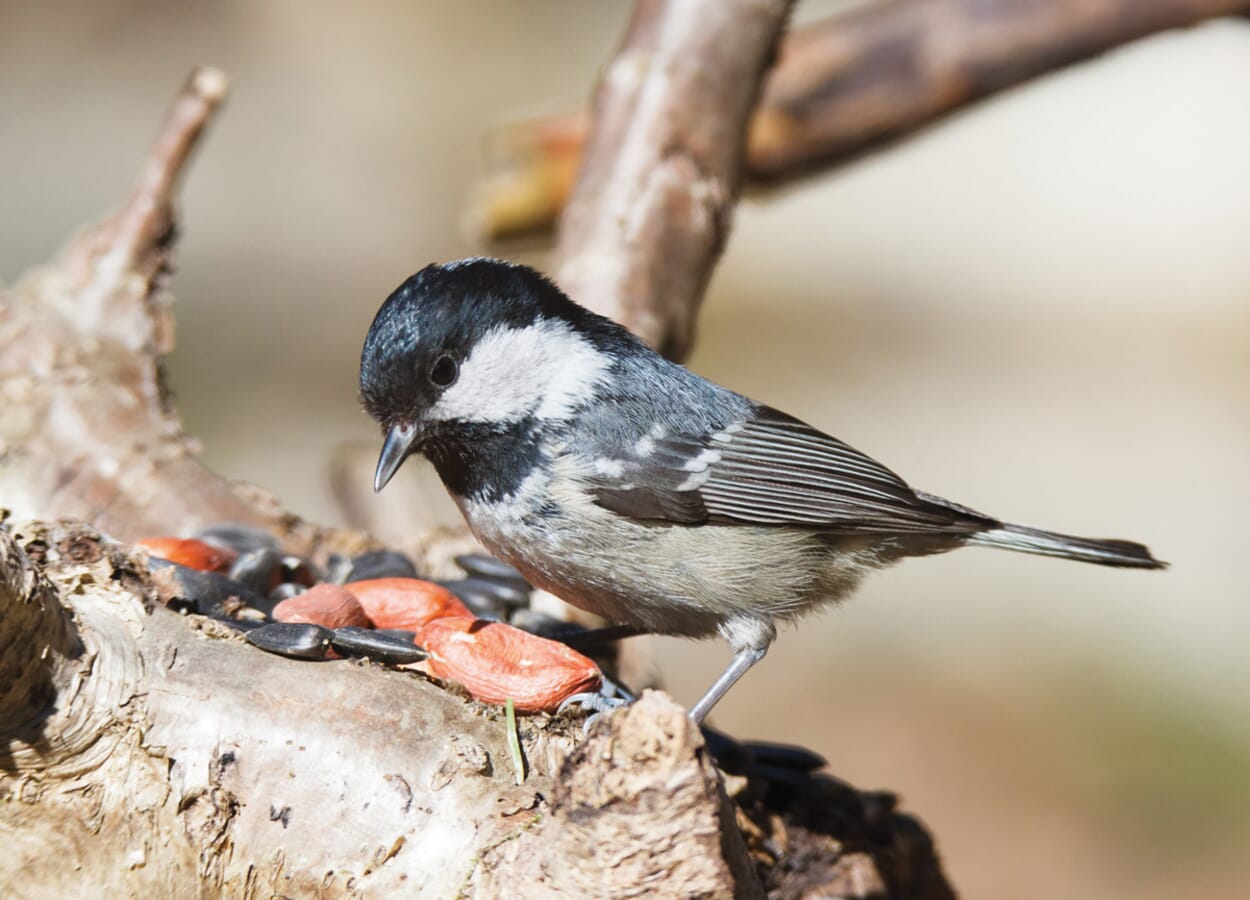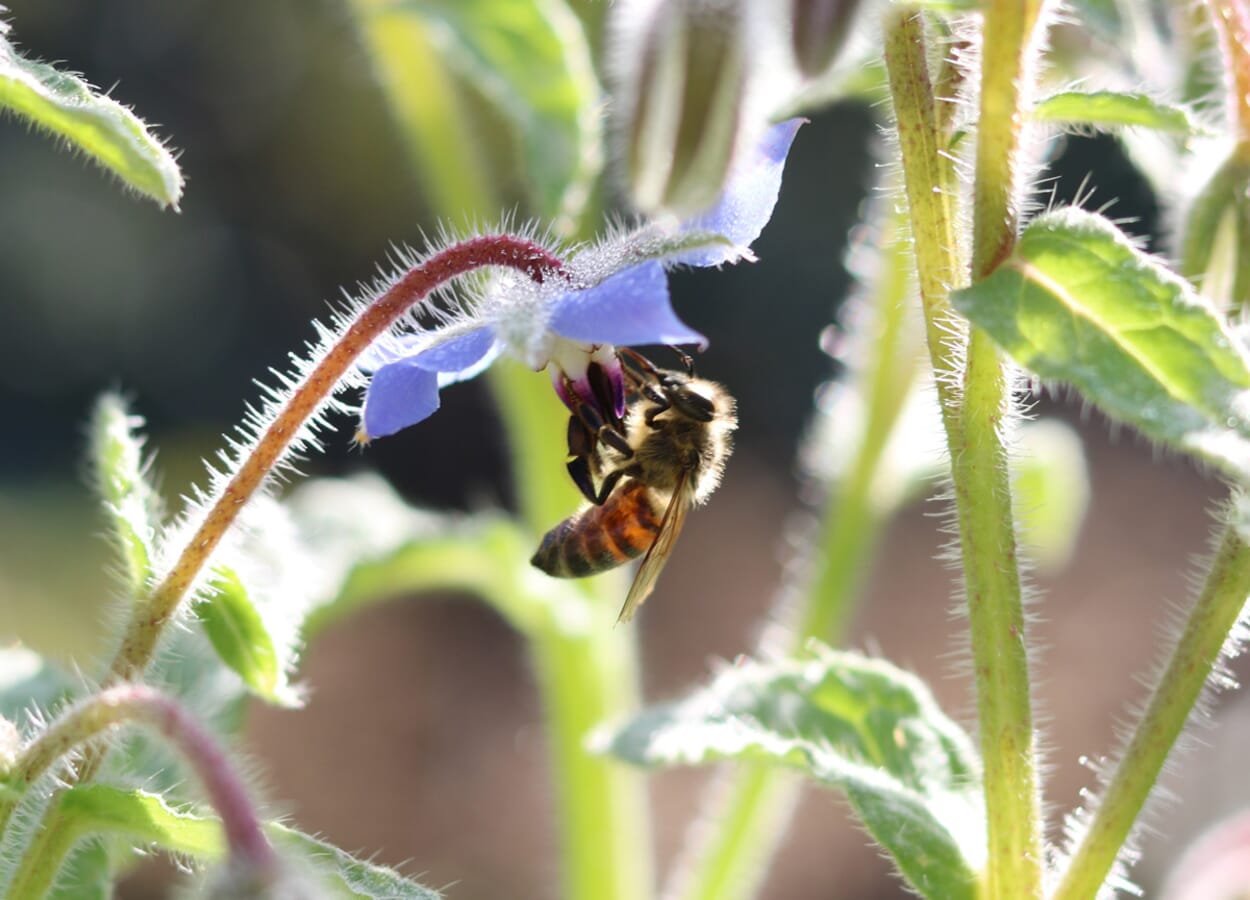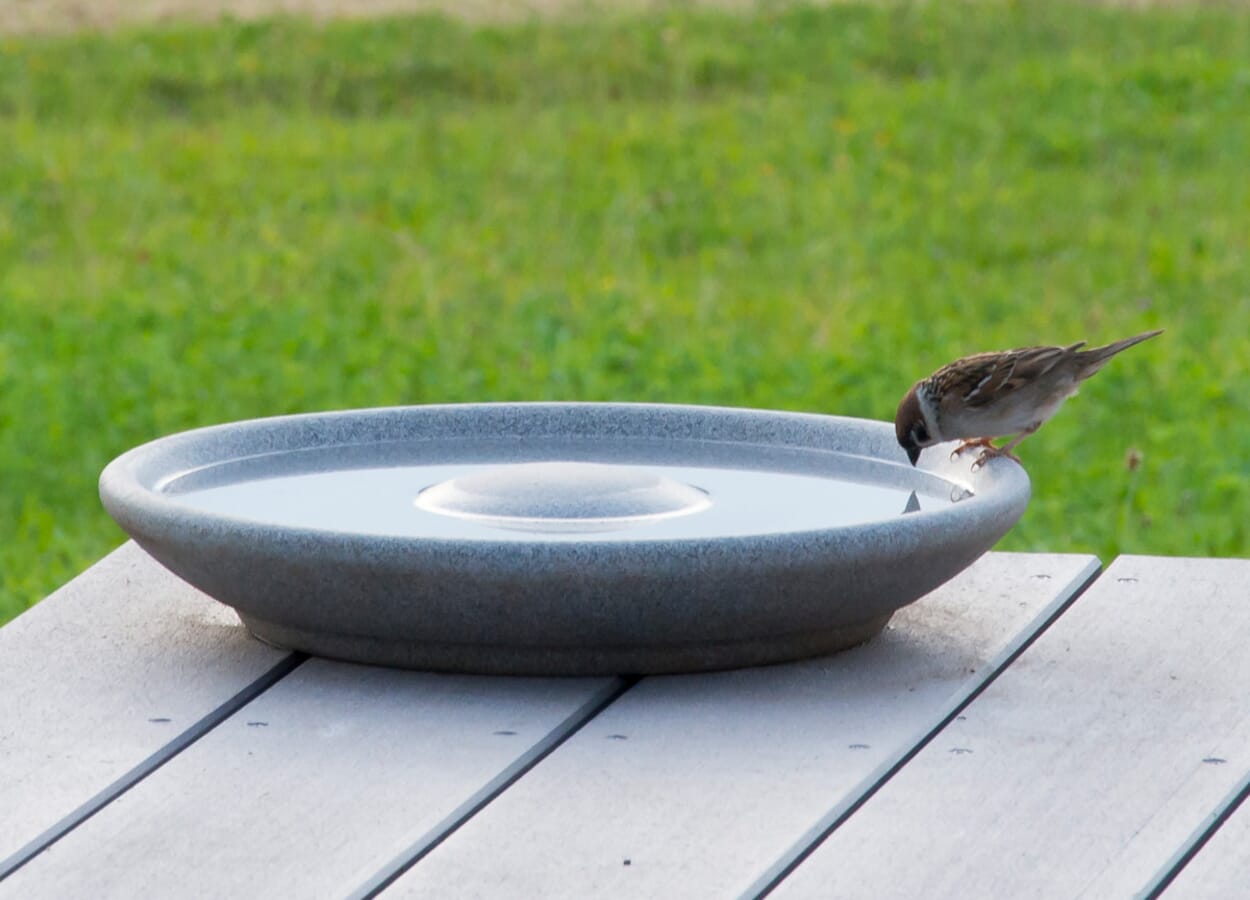New home. Nesting aids in the garden
In horticulture and agriculture, "beneficial insects" are the natural counterparts of so-called pests (which, due to their way of life, damage plants cultivated by humans). Beneficial insects feed on insects, caterpillars or slugs and thus contribute naturally to the growth of cultivated plants. The organic gardener therefore does well to establish such beneficial insects in the garden and to keep them there by offering food, shelter as well as winter quarters and to promote their flourishing. Since the animals prefer individual formats, one can promote already by the choice of the Nisthilfe relatively purposefully certain kinds. Our nesting aids are made of environmentally friendly, durable and attractive materials such as larch and robinia wood and the equally breathable and indestructible wood concrete.
The lacewing
Its larva is a master in the fight against aphids: During the two- to three-week growth period, it eats up to 500 aphids, often significantly more. The adults additionally feed on blood lice, thrips, mites and smaller caterpillars. They perch in hedgerows and hedges during the day and fly onto surrounding crops beginning at dusk. To attract and feed lacewings, chemical control measures should be avoided in the garden and wildflower mixtures should be sown.
The hedgehog
He is one of the very few allies in the fight against slugs - and for this reason alone should find a shelter in every garden. He also eats larvae, caterpillars and numerous insects. The hedgehog needs some "untidy" garden places with piles of leaves or dead wood; during the day as a shelter throughout the year, but especially as a frost-protected quarter for hibernation.
The ladybug
It is one of the best-known beneficial insects that feeds on aphids (up to 150 per day), spider mites and other (harmful) insects, both as a larva and as a beetle. It requires suitable habitat structures: near-natural meadows and hedge seams, which also provide suitable hibernation quarters in leaves, grass, bark crevices or under (pebble) stones.
The earworm
Earwigs are the natural counterparts of aphids, spider mites and smaller caterpillars. They are mainly nocturnal and spend the day in wall cracks or under wood and stones. Adults can consume up to 120 aphids per night. They can be supported by fairly simple means: A clay pot filled with hay, straw or wood wool serves as a shelter during the day; if this is hung in a fruit tree, the animals that swarm out at night are immediately "on the spot."
The bat
Bats are nocturnal mammals that consume numerous (also) nocturnal pests such as moths, peepers, chiggers, gnats or mosquitoes. During the day, they hang upside down in their shelters: rock, earth or tree cavities, rock crevices, but also in uninhabited buildings such as barns or warehouses. However, such places are becoming increasingly rare, which is why the installation of a bat box is one of the most important measures for the settlement of bats in the garden.

